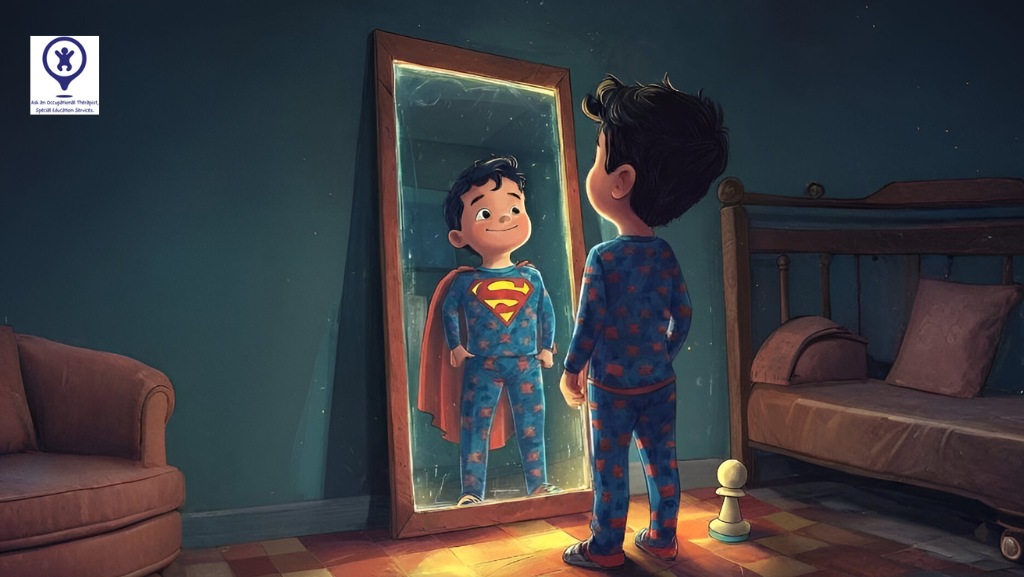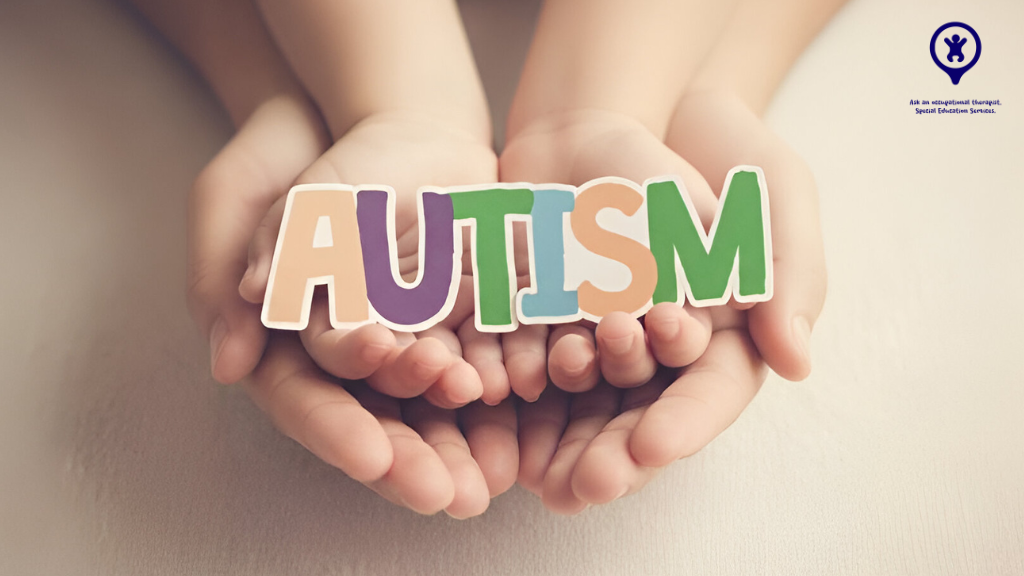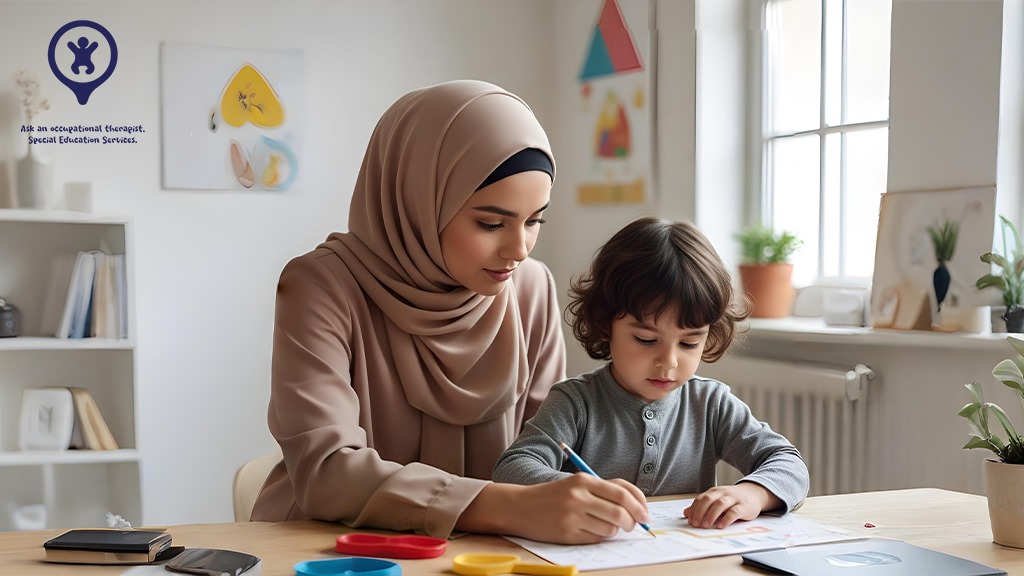If you’re a parent of a child with autism, you probably know that some days feel calm and easy, and some… not so much. One moment your child is laughing, and the next, they might be covering their ears or avoiding touch.
That’s okay — it’s not your fault, and it’s not theirs either. The world just feels a little louder and faster for them.
That’s where Occupational Therapy (OT) steps in.
It’s not a quick fix or a medical treatment — it’s a gentle, everyday help that teaches your child how to live, move, and enjoy life more comfortably.
In cities like Islamabad, more parents are now searching for the best therapist for autism in Islamabad or a good autism therapy school in Islamabad to help their kids find that balance.
So, What Exactly Is Occupational Therapy?
Let’s keep it simple — OT helps kids learn to handle daily life. Brushing teeth, holding a spoon, getting dressed, even writing — all those little things that most of us don’t think about.
For children with autism, though, these simple tasks can feel like climbing a mountain. Their brain sees the world in a different rhythm — sounds can be louder, textures can feel strange, and new things can cause stress.
A good therapist understands that.
They don’t force the child to change — instead, they guide them slowly, through play, touch, sound, and movement.
At AskAnOT, a well-known school for autism Islamabad, therapy doesn’t look like therapy.
It looks like playtime — but it’s powerful. Every color, sound, and toy is chosen with purpose.
1. Making Sense of Senses
Autistic children often face sensory overload — too much light, too much noise, too much everything.
Occupational therapy focuses on helping them balance these sensations.
You might see a child swinging, touching different textures, or playing in water.
To us, it looks like fun; to them, it’s learning how to live in a world that often feels overwhelming.
Over time, the child learns to stay calm — in noisy places, bright classrooms, or even when someone hugs them.
And honestly, seeing that calmness come back to their face… it’s heartwarming.
2. Building Strength — Small Hands, Big Wins
Some autistic kids have weak fine motor skills — holding a pencil, zipping a jacket, or buttoning a shirt might be hard.
OT turns those struggles into games. Picking up small beads, squeezing clay, coloring outside the lines — all these tiny moments help their hands grow stronger.
And then comes that day when they write their name for the first time.
You can’t imagine how big that feels for a parent. It’s not just writing; it’s victory.
3. Teaching Independence, Step by Step
Autistic children need structure — they learn best when routines are clear.
Therapists help them create small daily habits: brushing teeth, eating, washing hands, tidying up toys.
It’s not forced — it’s taught with patience, repetition, and calm energy.
Eventually, that routine gives them freedom.
A child who once needed help for everything starts doing things on their own — little by little, confidently.
4. Handling Emotions and Meltdowns
Emotions can be confusing for autistic children. They might cry when overwhelmed or go silent when scared.
Occupational therapists don’t scold them — they help them express instead.
Through breathing exercises, calm corners, or sensory breaks, they teach self-regulation.
It’s magical when you see a child stop mid-meltdown and try to breathe instead of scream. That’s real growth — slow, quiet, powerful.
5. Helping with Social Connection
Making friends can be hard for children with autism.
They might not know how to join a group, share toys, or make eye contact.
OT uses group play and small activities to teach social behavior naturally.
When a child who once stayed alone starts smiling and playing with others, that’s not just therapy working — that’s confidence blooming.
Why Early OT Helps the Most
Starting early makes a huge difference.
The younger the child, the easier it is for their brain to adapt and learn.
If you’re looking for a school for autism Islamabad, make sure they:
- Have certified occupational therapists
- Provide sensory-safe environments
- Customize sessions for each child
Centres like AskAnOT do this beautifully — blending therapy with warmth and play.
Parents — You’re Part of the Process
Many parents think therapy happens only in sessions, but the truth is, it continues at home.
Therapists guide you on how to respond when your child gets upset or avoids tasks.
Even 15 minutes of practice at home — maybe playing, or doing a small sensory task — can make a big impact.
Some days will be tough, but remember, patience builds progress.
Your calm energy helps your child trust the world a little more every day.
Choosing the Right Therapist in Islamabad
Every child is different.
The best therapist for autism in Islamabad is someone who doesn’t just teach, but listens — someone who makes therapy fun, not fearful.
They won’t focus on what your child can’t do — they’ll build on what your child can do.
That’s where real progress begins.
Final Thoughts
Autism isn’t a wall — it’s a different road.
And Occupational Therapy is the guide that walks beside your child, showing them how to handle the world their way.If you’re searching for an autism therapy school in Islamabad, look for one that feels kind, not clinical.
Because therapy isn’t only about skill — it’s about joy, comfort, and believing that your child’s world is worth exploring.






